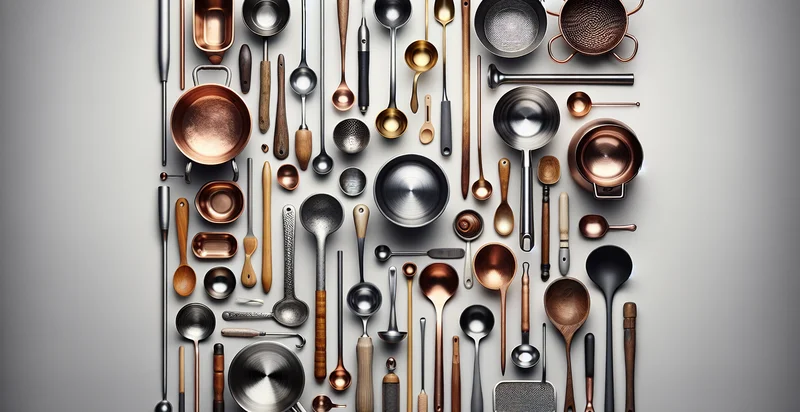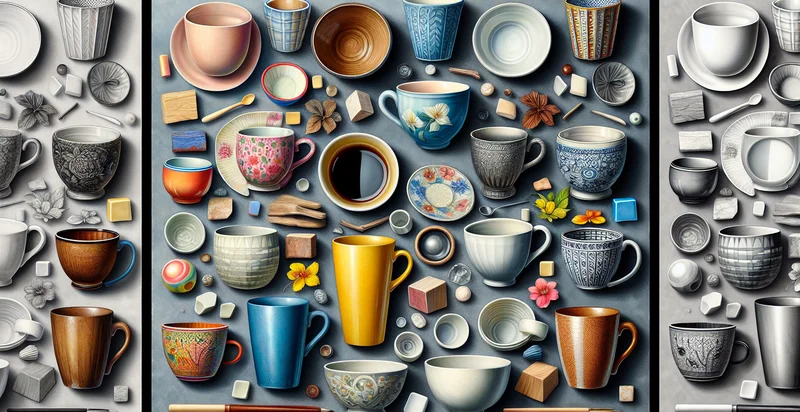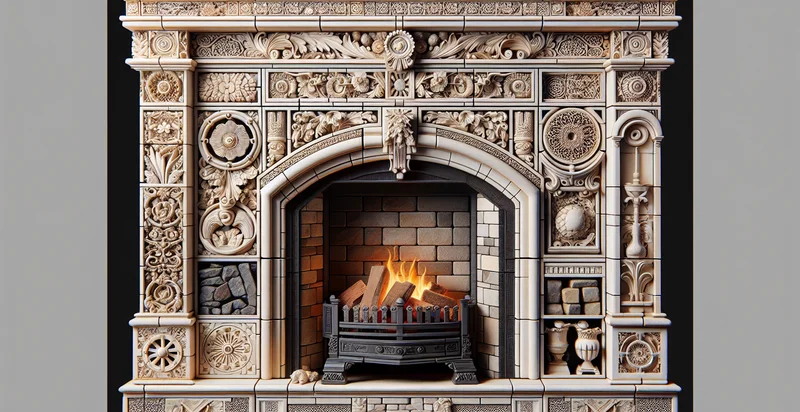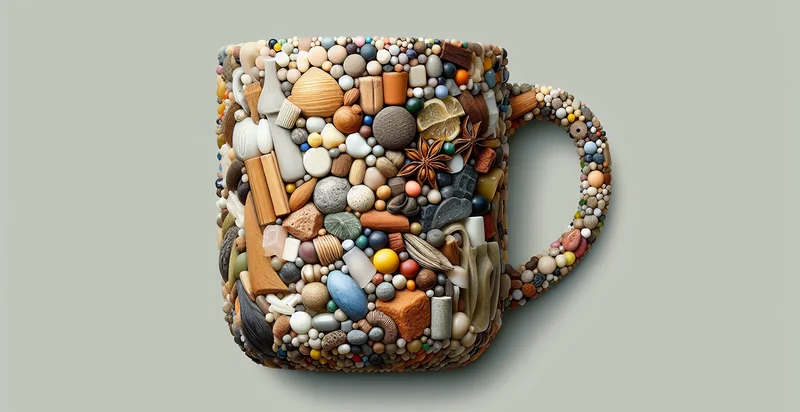Identify what material a ladle is made from
using AI
Below is a free classifier to identify what material a ladle is made from. Just upload your image, and our AI will predict what material a ladle is made from - in just seconds.

Contact us for API access
Or, use Nyckel to build highly-accurate custom classifiers in just minutes. No PhD required.
Get started
import nyckel
credentials = nyckel.Credentials("YOUR_CLIENT_ID", "YOUR_CLIENT_SECRET")
nyckel.invoke("what-material-a-ladle-is-made-from", "your_image_url", credentials)
fetch('https://www.nyckel.com/v1/functions/what-material-a-ladle-is-made-from/invoke', {
method: 'POST',
headers: {
'Authorization': 'Bearer ' + 'YOUR_BEARER_TOKEN',
'Content-Type': 'application/json',
},
body: JSON.stringify(
{"data": "your_image_url"}
)
})
.then(response => response.json())
.then(data => console.log(data));
curl -X POST \
-H "Content-Type: application/json" \
-H "Authorization: Bearer YOUR_BEARER_TOKEN" \
-d '{"data": "your_image_url"}' \
https://www.nyckel.com/v1/functions/what-material-a-ladle-is-made-from/invoke
How this classifier works
To start, upload your image. Our AI tool will then predict what material a ladle is made from.
This pretrained image model uses a Nyckel-created dataset and has 10 labels, including Aluminum, Bamboo, Ceramic, Copper, Glass, Metal, Plastic, Silicone, Stainless Steel and Wood.
We'll also show a confidence score (the higher the number, the more confident the AI model is around what material a ladle is made from).
Whether you're just curious or building what material a ladle is made from detection into your application, we hope our classifier proves helpful.
Related Classifiers
Need to identify what material a ladle is made from at scale?
Get API or Zapier access to this classifier for free. It's perfect for:
- Kitchen Inventory Management: This function can be utilized in kitchen inventory systems to automatically classify ladles by their material. By identifying the materials, businesses can streamline their inventory management, ensuring that they maintain an accurate count of utensils made from specific materials like stainless steel, wood, or silicone.
- Quality Control in Manufacturing: Manufacturers of kitchen utensils can implement this function during the quality control process. By verifying the material of ladles, the process can reduce errors in production, ensuring that only the correct materials are used and improving product consistency.
- E-commerce Product Verification: Online retailers can deploy this image classification system to verify product images against the listed materials. This ensures that customers receive products matching their descriptions, enhancing customer satisfaction and reducing return rates due to material discrepancies.
- Sustainability Reporting: Restaurants and catering businesses can use this function to classify ladles by material, aiding in sustainability reporting. By understanding the composition of their utensils, organizations can make informed decisions regarding eco-friendly practices and materials replacement.
- Restaurant Equipment Procurement: During the procurement process, restaurant owners can utilize this system to assess the materials of ladles in supplier catalogs or secondary marketplaces. This ensures they select the right material for their specific cooking needs, whether durability or heat resistance is a priority.
- Kitchen Safety Compliance: In regulated food service environments, it is crucial to adhere to safety standards involving materials used in food preparation tools. This classification function can be used to ensure that ladles made from hazardous materials are identified, improving kitchen safety and compliance with health regulations.
- Customization and Personalization Services: Businesses offering personalized kitchenware can leverage this image classification technology to help customers visualize and select ladles based on their preferred materials. This enhances the customer experience by providing instantaneous feedback on the selected product options, fostering better engagement and sales conversion.


